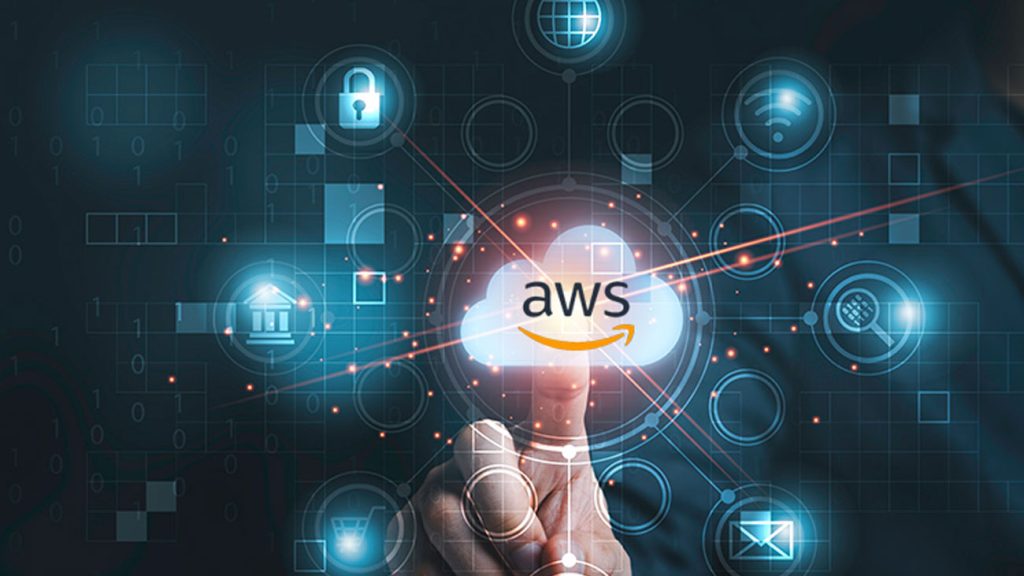In this short series, I outline the notes that I took while preparing for the AWS Cloud Practitioner exam.
These are my personal notes that I have made while working through the A Cloud Guru exam practitioner course. They are in no way official notes from AWS.
I would advise you that if you do use my notes to help you revise for this exam, that you use them as a supplement to the most recent information in the White Papers, Exam Guide and go over your knowledge with practice exam papers.
Previous notes within this blog series:
- Cloud Computing and the Topics To Cover
- AWS Global Infrastructure
- AWS Cost Management
- Identity Access Management (IAM)
- Simple Storage Service (S3)
- CloudFront
- Elastic Compute Cloud (EC2)
- Roles
- Load Balancers
- Databases
- Domain Name System
- Elastic Beanstalk
- CloudFormation
- Architecting for the Cloud Best Practices: Part 1
- Architecting for the Cloud Best Practices: Part 2
- Global and On Premises AWS Services
CloudWatch 101
What is Cloudwatch?
- A monitoring service to monitor your AWS resources, as well as the applications that you run on AWS.
- Monitors performance
- CloudWatch with EC2 will monitor events every 5 minutes by default
- You can have 1 minute intervals by turning on detailed monitoring
- You can create CloudWatch alarms which trigger notifications
- CloudWatch is all about monitoring performance
What Can CloudWatch Monitor?
- Can monitor things like:
- Compute: EC2 instances, Autoscaling Groups, Elastic Load Balancers, Route53 Health Checks
- Storage & Content Delivery: EBS Volumes, Storage Gateway, CloudFront
CloudWatch and EC2
Host Level Metrics consist of:
- CPU
- Network
- Disk
- Status Check

